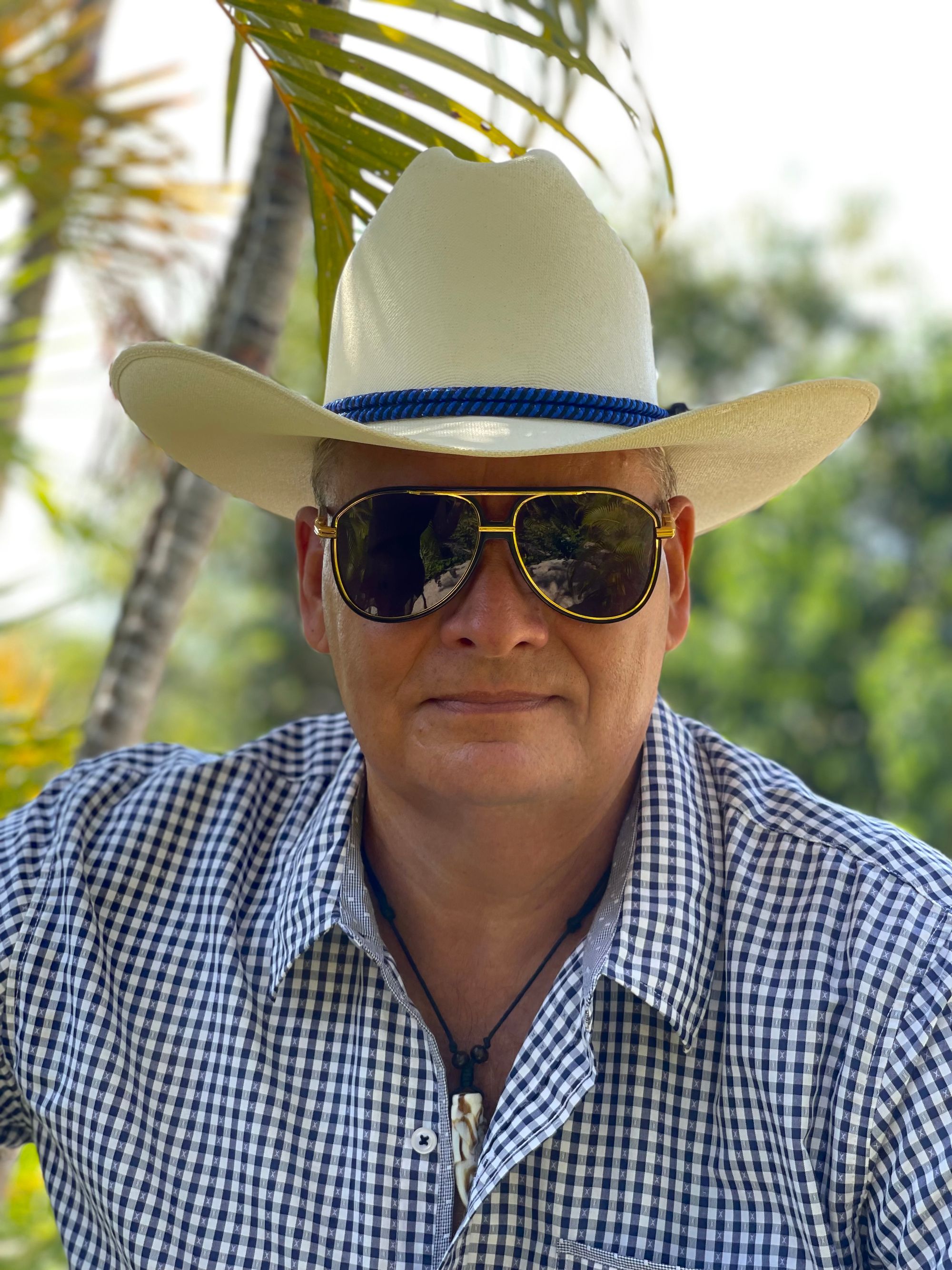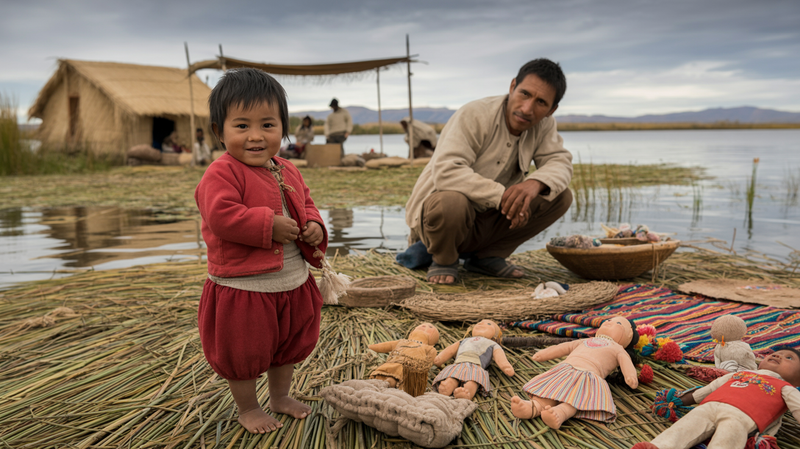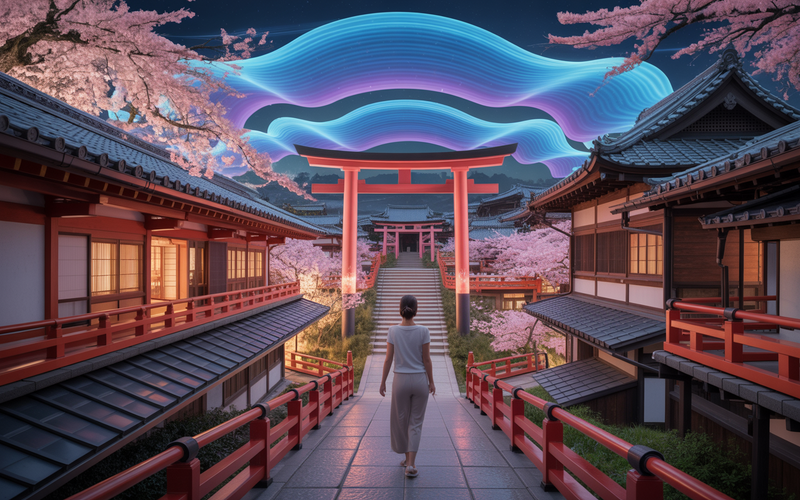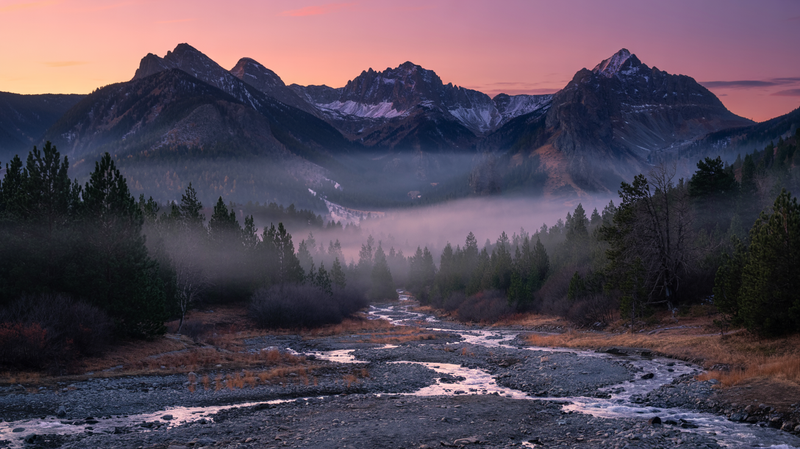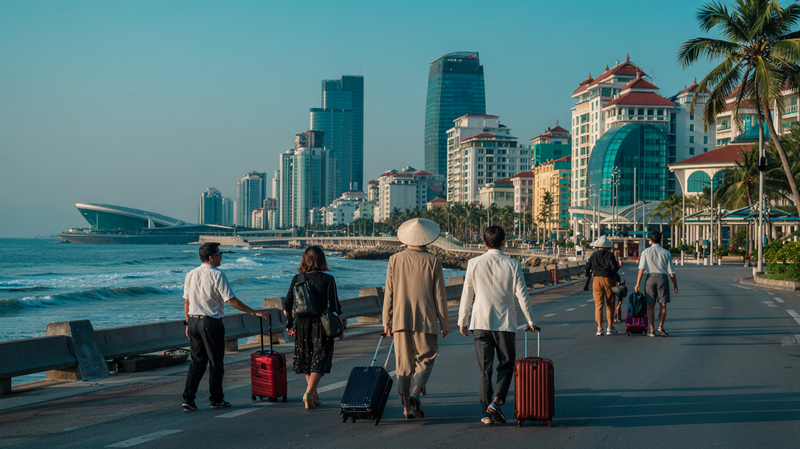Easter Island’s Enigmatic Guardians: Unraveling the Mysteries of the Moai
In the heart of the South Pacific, far off the Chilean coast, lies a mysterious island that has captivated the imaginations of explorers, archaeologists, and tourists alike. Easter Island, known to its inhabitants as Rapa Nui, is famous for its hundreds of colossal stone figures known as Moai. These enigmatic
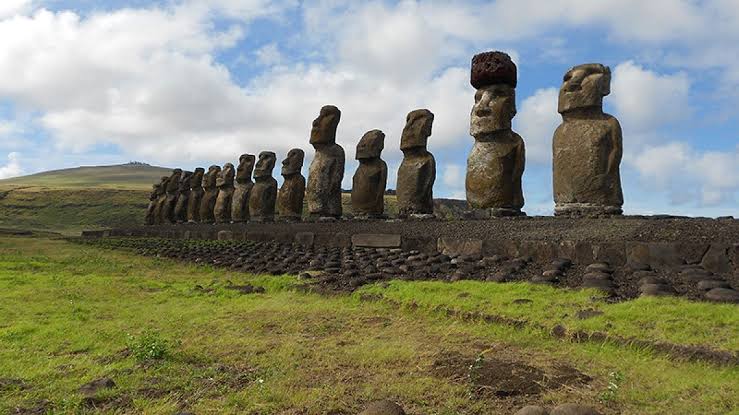
In the heart of the South Pacific, far off the Chilean coast, lies a mysterious island that has captivated the imaginations of explorers, archaeologists, and tourists alike. Easter Island, known to its inhabitants as Rapa Nui, is famous for its hundreds of colossal stone figures known as Moai. These enigmatic sculptures, peering across the landscape with brooding expressions, have been the subject of countless studies, tales, and speculations. Who created them, why, and most importantly, how?
Monuments of an Isolated Civilization
Settled by Polynesians around 1200 AD, Easter Island was one of the most isolated inhabited places on earth. Yet, the Rapa Nui people developed a rich culture, evidenced by their greatest accomplishment: the Moai. More than 900 of these statues dot the island, a testament to the determination and creativity of a society that thrived in isolation.
Enigmatic Craftsmanship
The Moai are carved from a compressed volcanic ash known as tuff, sourced from the island's dormant volcano, Rano Raraku. The statues range in size, with the tallest, named Paro, towering at an impressive 33 feet high and weighing over 82 tons. Yet, what truly baffles scientists is the level of craftsmanship and the effort involved in carving and transporting these massive figures without the aid of modern tools or technologies.
Ancestors or Deities?
While the exact purpose of the Moai remains unclear, most theories suggest they represented deified ancestors. It was believed that the Moai, embodying the mana, or spiritual power of the ancestors, would ensure the prosperity and protection of the tribe. Their placement, with most Moai facing inland, supports the idea that they were guardians, watching over the Rapa Nui people.
The Great ‘Walking’ Statues
One of the greatest enigmas about the Moai is how these giant statues were transported. Oral traditions suggest that the Moai "walked" to their locations. For years, this was dismissed as folklore, until 2012, when archaeologists Terry Hunt and Carl Lipo developed a theory supporting this belief. They proposed that the Rapa Nui people used a system of ropes, careful balance, and manpower to "walk" the Moai in a rocking motion, similar to the way one might move a heavy refrigerator.
Moai and the Fall of Rapa Nui Civilization
In the 19th century, Rapa Nui society faced a catastrophic collapse. Deforestation, coupled with the introduction of foreign diseases and slave raiding, led to significant population decline. This period, ironically, is marked by the most ambitious Moai construction. Many believe that the Rapa Nui people doubled their efforts in statue production to appease their ancestors for help, leaving numerous Moai unfinished in the quarry.
The Resilient Guardians of Rapa Nui
Today, the Moai continue to inspire awe and curiosity. Conservation efforts are ongoing to preserve these iconic monuments from the harsh elements, as they are not only historical artifacts but also an integral part of Rapa Nui’s cultural identity.
The tale of the Moai is an intriguing mix of human innovation, resilience, and mystery. These silent sentinels of Easter Island bear witness to a once thriving and resourceful society that, against all odds, left its mark on human history. The Moai of Rapa Nui remain a testament to the indomitable spirit of human creativity and a symbol of the power of cultural identity. The riddle they pose to us across the centuries continues to draw us in, making Easter Island an unforgettable destination for any curious traveler.
